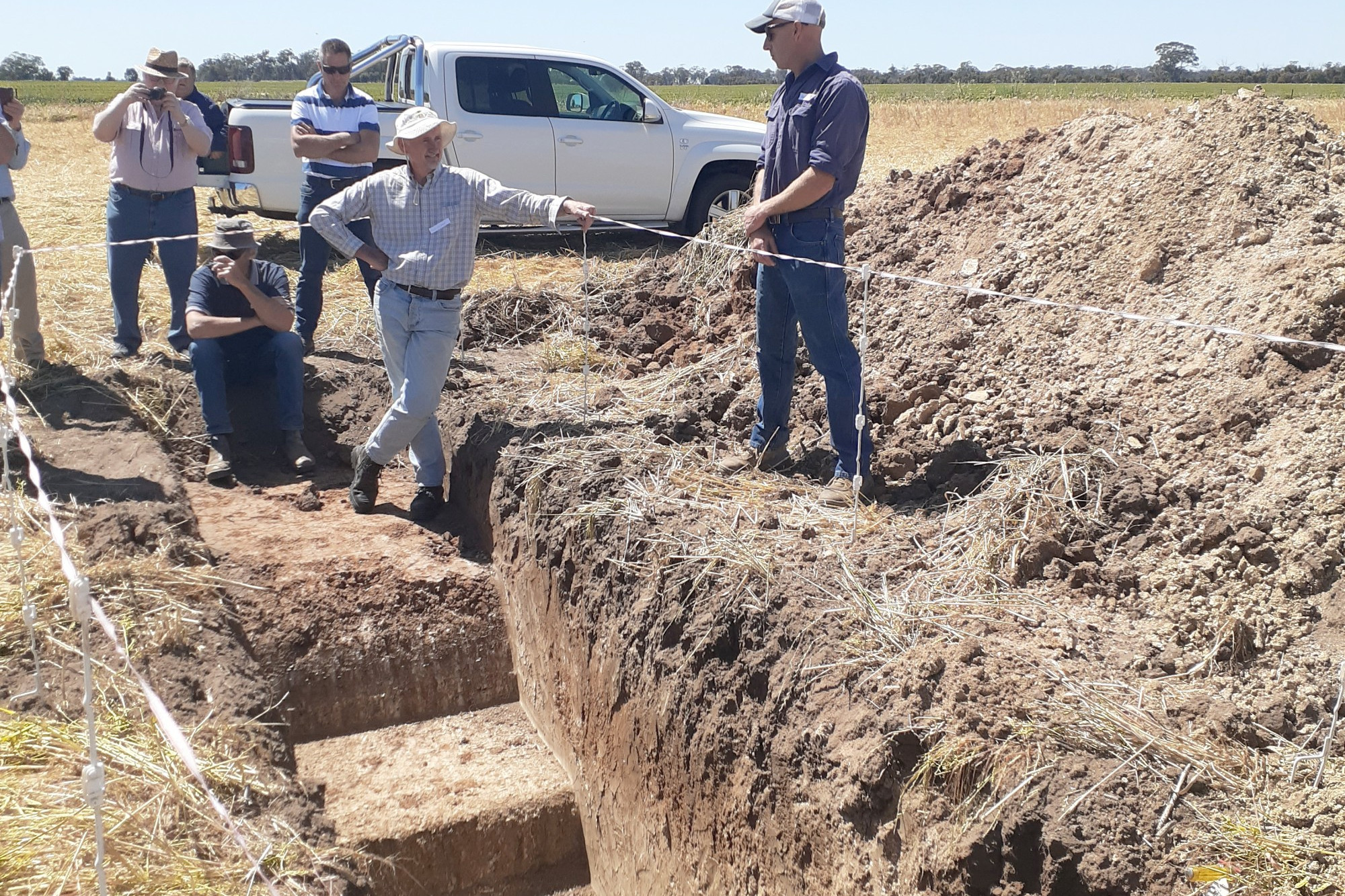Rural
31 October, 2023
Building soil carbon
Biodiversity, building soil carbon and biological inputs were the hot topics discussed during a Healthy Soils Australia conference and field day at Warracknabeal and Kellalac recently. With 28 people participating, the morning session was held at...

Biodiversity, building soil carbon and biological inputs were the hot topics discussed during a Healthy Soils Australia conference and field day at Warracknabeal and Kellalac recently.
With 28 people participating, the morning session was held at Warracknabeal Lutheran Church Hall, where Healthy Soils Australia chair Calvin Muller introduced six speakers.
Speaking first, Healthy Soils Australia's Tom Nicholas discussed why farmers needed to build soil carbon, before handing the floor to Regenerative Australia Farmers director Deanne Belfield, who spoke on the need for biodiversity in building soil carbon.
Kaniva farmer Steven Hobbs shared information about perennial pastures and cell-grazing data collection, while soil aeration and biology were the topics retired Latrobe University's Dr John Russell brought to the conference.
Microstart Australia founder Darren Kuchel was next to speak, addressing replacing synthetic inputs with natural biological inputs, before final speaker Anthony Smith took to the floor.
A commercial earthworm grower at Goroke, Mr Smith spoke about his business and the techniques he used to produce worm juice and other products.
Heading out to Shannon Byron's Kellalac property, attendees viewed Mr Byron's multi-species cover crop utilising a total of nine species and learned how in October he used a crop crimper roller on green manure to produce a thick mat of cover crop.
"The green cover crop will provide food for soil micro organisms, including earthworms," Mr Muller said.
"A soil aerator machine was used in part of the paddock in 2022 and a soil pit was dug between where soil was aerated and a non-aerated section.
"A solid hardpan was observed in the non-aerated section with plenty of moisture below the hard pan (which) was not available to the growing crop.
"Crop roots can be seen at depth using natural nutrients and moisture in the aerated section."
Regen Soils owner and soil scientist Declan McDonald spoke about soil structure and soil life, showing how to maximise the productivity capacity of soils through biological actvity.